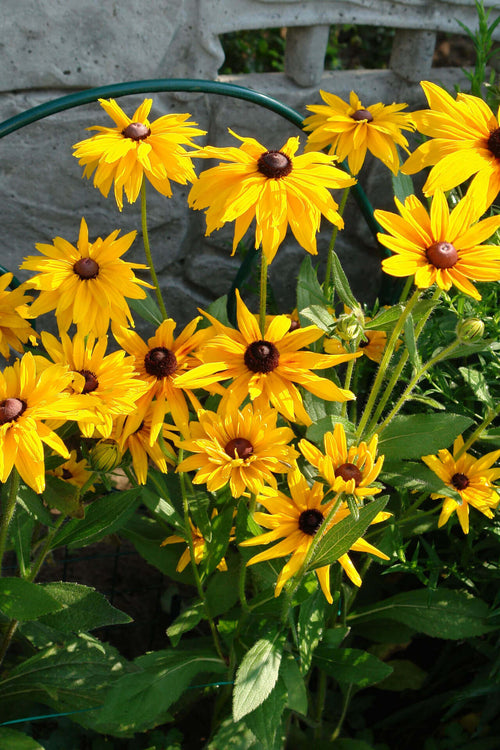Wildflowers are essentially plants that grow naturally without any intervention from man.
However, it can be a brilliant idea to grow them in garden conditions to provide a more natural appearance to your landscape. Thousands of naturalized and native flowering species grow in different regions, depending on the local climate, soil, and other environmental factors. By choosing to plant them in your landscape, you bring home a part of the natural heritage of your region and help in its preservation. Look out for some popular varieties at a well-established wholesale nursery online.
With rapidly disappearing forests over the last several decades, native flora and fauna have suffered the most.
By growing wildflowers in your garden, you will be able to appreciate their actual worth and preserve them for generations to come.
These plants can add a fantastic variety of colors to your landscape when their flowers bloom in the season. They attract hummingbirds, butterflies, and insects that enjoy drinking their nectar. Smaller birds like pine siskins, sparrows, buntings, and finches love to eat their seeds. The berries of these plants attract robins, cardinals, jays, mockingbirds, and other fruit-eaters.
You may begin with planting some native wildflower species in sunny and open spaces in your landscape. Black-eyed Susan, Blanket flower, Phlox, and Lance-leaf tickseed are common choices adopted by many gardeners. Any species of coreopsis may also do well in your garden and would be easy to maintain.
It would be best if you remembered that the wildflower plants grown under garden conditions might be slightly different in appearance, pest vulnerability, and flowering pattern compared to the same species as it grows in the wild. A sparkling idea would be to get in touch with an online plant nursery specializing in native plants; they will have experts on the floor or in a house to offer you the information you covet. They would be able to suggest a few appealing options for wildflowers in your garden.



















































